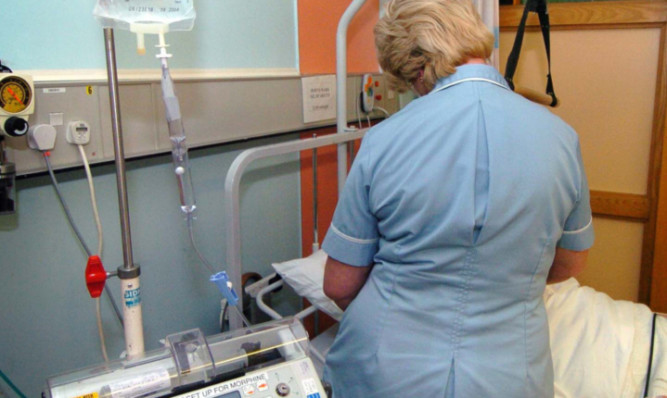A lack of qualified candidates is putting pressure on Scottish firms to pay higher starting salaries.
The latest Bank of Scotland jobs report, for October, found the availability of candidates for permanent vacancies fell for a 32nd straight month.
The deterioration was slower than in the previous two months but last month’s contraction was still among the fastest seen in the survey’s history.
The report, by Markit on behalf of the Bank of Scotland, found there was a strong rise in permanent appointments. However, growth in the temporary jobs market eased to a five-month low.
“Scotland’s labour market conditions continued to improve heading into the final quarter of the year,” the report stated.
“October’s survey showed sharp and accelerated increases in permanent placements and starting salaries, linked partly to increased demand for staff.
“Growth in the temporary jobs space eased somewhat, however, with slower increases in billings and temp job vacancies recorded.”
The strongest demanded for permanent staff came from the IT and computing, nursing and care and engineering and construction sectors.
The temporary market was strongly motivated by demand for care and digital staff, as well as demand for accountancy and financial services workers.
BoS chief economist Donald MacRae said the recruitment sector in Scotland remained strong.
“October saw the Labour Market Barometer reach 65 the fourth highest (measure) in the survey history signalling further improvements in labour market conditions in Scotland.
“The number of people appointed to jobs increased, as did starting salaries.
“A rise in vacancies confirmed business confidence remains high. The recovery in the Scottish economy looks set to continue into 2015.”
